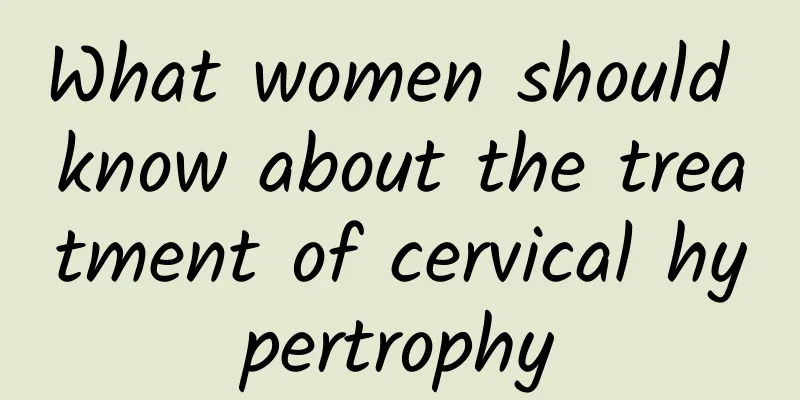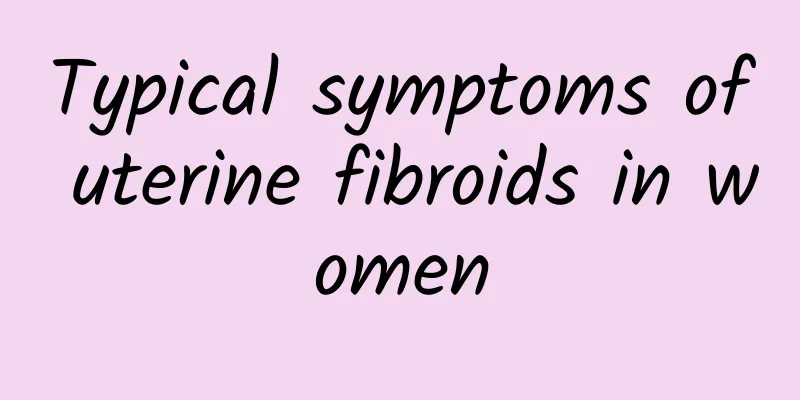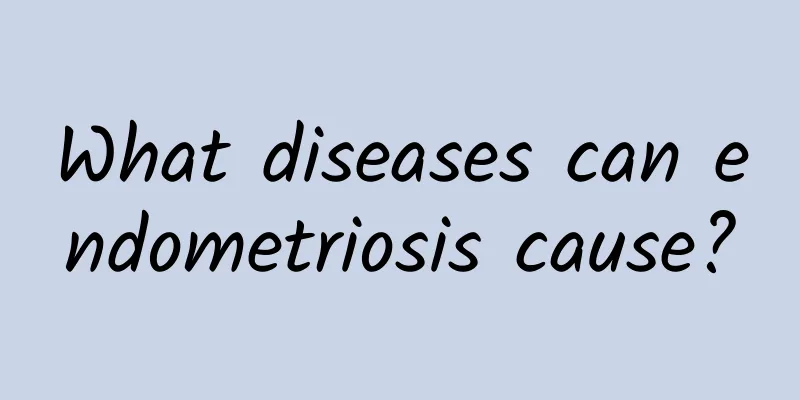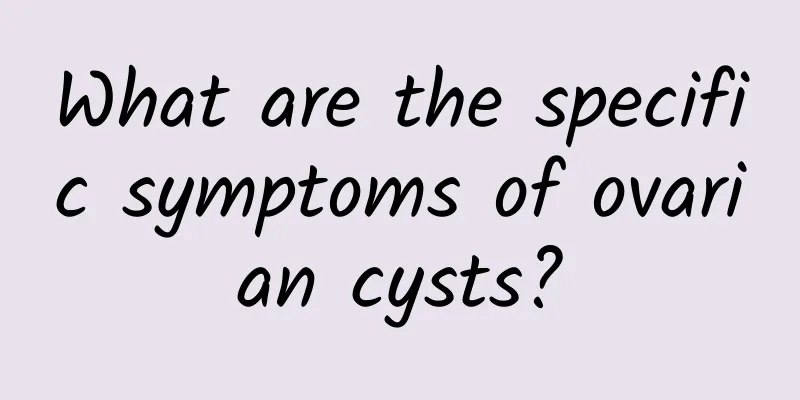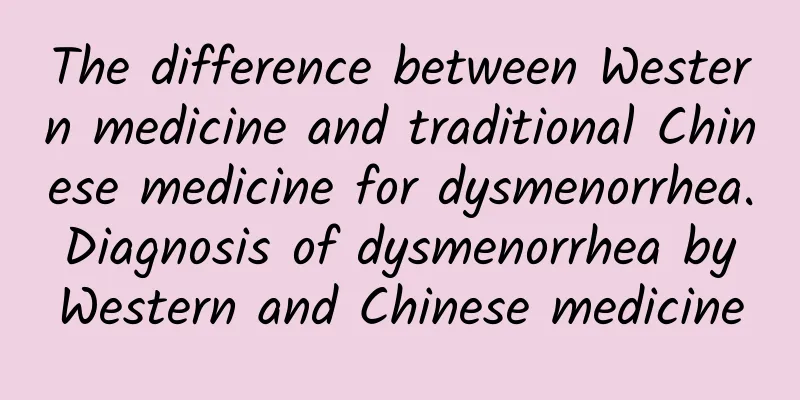What are the symptoms of uterine fibroids? Can uterine fibroids cause infertility?
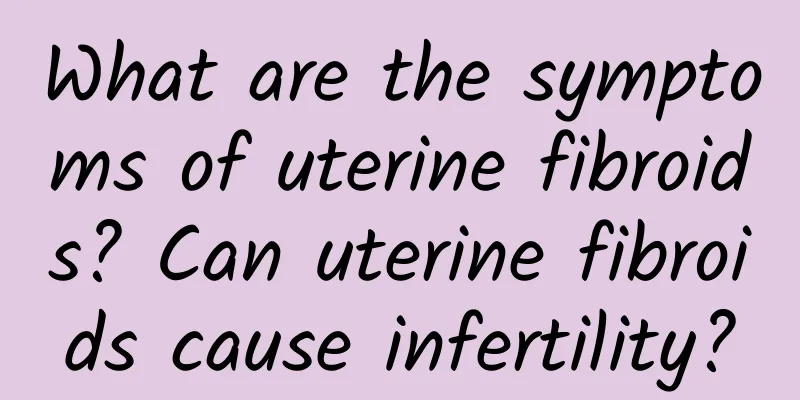
|
Uterine fibroids are a common gynecological disease, mainly occurring in middle-aged women aged 30-50. However, in recent years, the incidence of uterine fibroids has become more and more popular among young women. Uterine fibroids cause women with the disease to suffer both physical and psychological torture, seriously affecting their lives and work. This requires women to be vigilant. In order to better prevent and treat uterine fibroids, we must first understand the symptoms of uterine fibroids. Symptoms of uterine fibroids: 1: Abdominal mass. Although uterine fibroids are not painful or itchy, many patients can feel a mass in the lower abdomen, especially when the bladder is full of urine. 2. Menstrual changes. If women experience sudden changes in their menstrual cycle, they need to be alert. If the menstrual blood volume increases, the menstrual cycle is prolonged, and the menstrual cycle is irregular, the presence of fibroids should be considered. 3. Pressure. Although only a small number of patients will feel the pressure, it is indeed an important basis for the diagnosis of uterine fibroids. If the fibroid is located low, even if the tumor is not large, it can compress the adjacent organs. For example, if it compresses the bladder, urination difficulties may occur; if it compresses the rectum, defecation difficulties may occur; if it compresses the ureter, back pain and other symptoms may occur. 4. Pain. Most patients with uterine fibroids do not have pain symptoms, but a few patients will experience lower abdominal pain after fibroid infection or uterine deformation. 5. Infertility. Many patients with uterine fibroids will experience infertility, so it is recommended that if you have uterine fibroids, you should actively treat it. To treat uterine fibroids, you need to perform graded treatment according to your own situation. For mild early fibroids, experts recommend conservative treatment for dialectical treatment. For patients with moderate to severe fibroids, experts advocate complete surgical removal. For example, endometrial polyps, uterine fibroids, uterine adhesions, ovarian cysts, endometriosis, etc. can be treated surgically at the same time to reduce the pain of repeated examinations and treatments for patients, saving time and money. We must actively pay attention and concern about the symptoms of uterine fibroids. After all, everyone wants to understand the disease as soon as possible, actively help you understand the symptoms of uterine fibroids, and help you find targeted treatment plans to reduce the risk of the disease to ensure everyone's safety and health and avoid the occurrence of disease hazards. |
<<: What are the symptoms of uterine fibroids? Common manifestations of uterine fibroids
Recommend
What does the price of abortion in Guangzhou depend on?
The price of abortion in Guangzhou has always bee...
What to do if you have irregular menstruation at 14? Eating more of these six foods is very beneficial for irregular menstruation
Irregular menstruation is a common gynecological ...
Minimally invasive surgery is important for the treatment of ectopic pregnancy
Women are prone to ectopic pregnancy, and the fre...
What is cervical hypertrophy? What are the symptoms?
You may not hear about cervical hypertrophy very ...
So what if I’m single! He is happy and fat, I lose weight, 3 kinds of slimming meals make you more beautiful
1111 Singles’ Day is here again! Every time this ...
Symptoms of uterine fibroids. Will uterine fibroids cause abnormal leucorrhea?
Recently, Xiao Li, who is usually energetic, has ...
What tests should be done for vaginitis
Most female friends have typical symptoms of vagi...
The dangers of progesterone inducing menstruation
Using progesterone to induce menstruation may bri...
Can I do eye suture implantation during menstruation?
It is not recommended to perform eye suture surge...
Learn more about the treatment of cervical hypertrophy
Women should pay attention to the treatment knowl...
What are the health care methods for uterine effusion
In our daily life, we need to pay attention to so...
Can women who have no follicles after menopause choose IVF to achieve fertility? Choose the right fertility plan to achieve a good pregnancy
Can women who have no follicles after menopause c...
What are the symptoms of uterine fibroids? What are the preventive measures for uterine fibroids?
Uterine fibroids are a common uterine disease wit...
What to do if you have irregular menstruation
What should I do if I have irregular menstruation...
Jogging makes you lose weight! 2 ways to burn fat: high knee and high leg raises
I'm eating less, but I still can't lose w...
